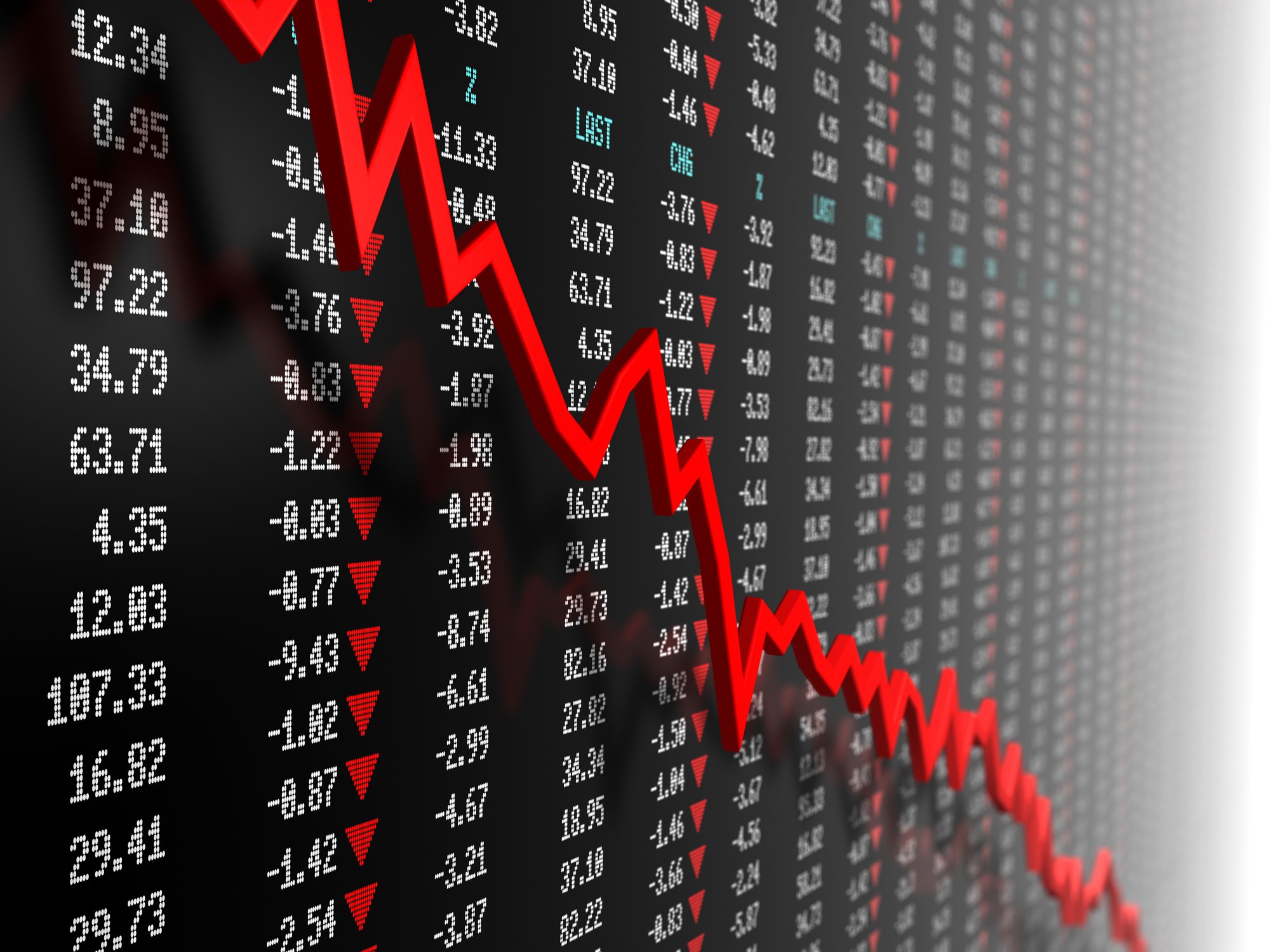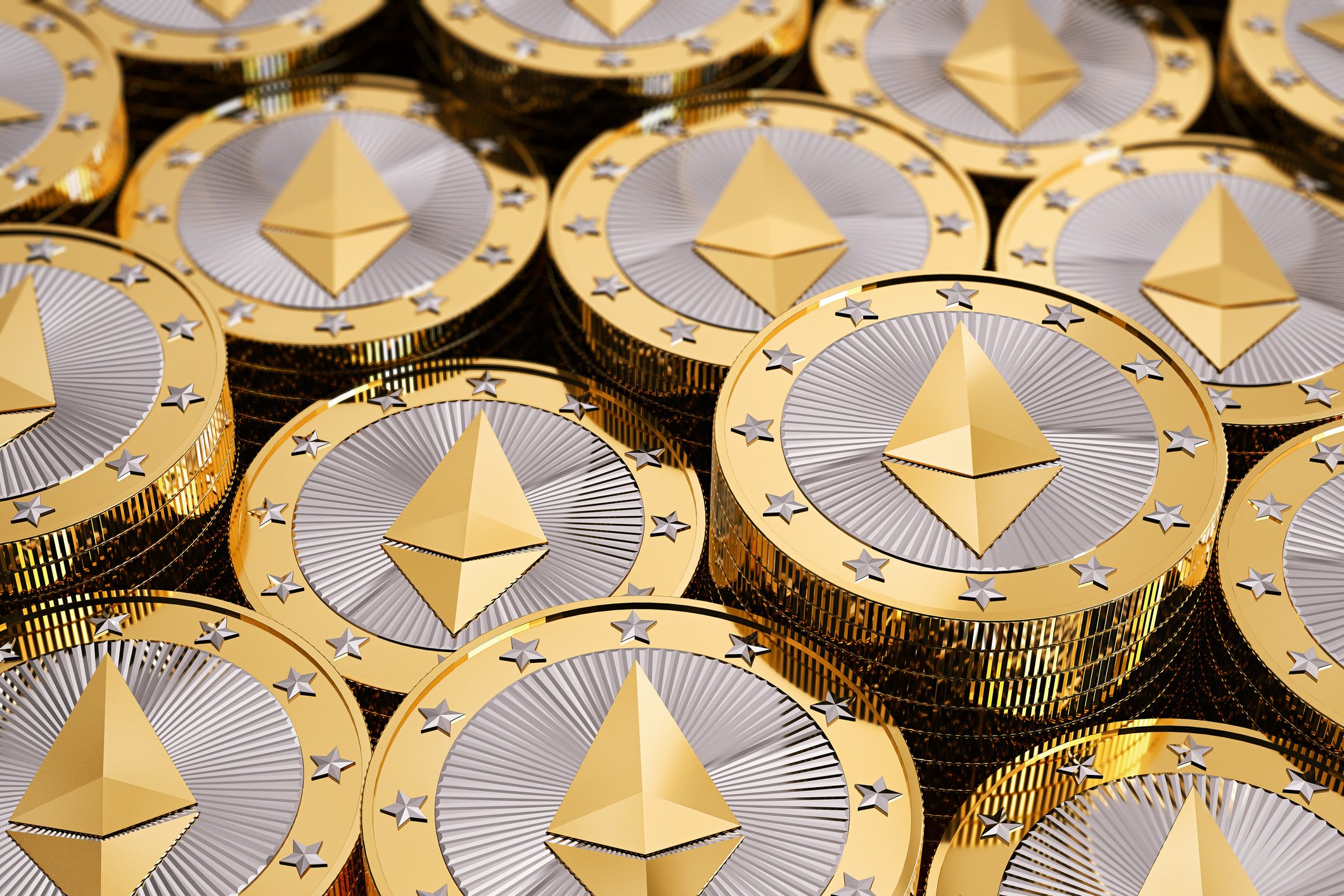Investors love a round number, and the $3,000 mark is looming just above Ethereum's (ETH 3.65%) current price near $2,540. Yet the real story is less about the coin's short-term price movement and more about whether May's big upgrade called Pectra has finally begun to solve Ethereum's perennial problems of high gas fees and sluggish throughput. If that fix sticks and institutions keep pouring fresh dollars into the blockchain, the token's next leg higher could have staying power and start to restore some real and enduring confidence among investors.
In short, the question is whether a cheaper, faster Ethereum can reclaim relevance just as countries are debating where to stockpile their digital assets. Let's map out why the next few months could drop a few clues about the answer to that inquiry.

CRYPTO: ETH
Key Data Points
Fees are lower, but they still matter
The May 7 Pectra upgrade bundles several long-awaited improvements, from account abstraction to a doubling of blob capacity for Layer-2 data. These two technical upgrades make Ethereum more accessible and efficient, building on a handful of prior additions and tweaks.
Account abstraction allows developers to create custom wallets and smart contract wallets that are easier to use, while the doubled blob capacity lets Layer-2 (L2) chains built on top of Ethereum to post data to the main Ethereum chain more cheaply and efficiently, which reduces congestion and fees across the board. This is important because it reduces friction for users and institutions alike, encouraging more transactions on the main chain and strengthening the case for using Ethereum as a foundational layer for decentralized applications.

Image source: Getty Images.
The immediate promise implied by Pectra was leaner gas fees for everyday actions such as swaps, an issue that the chain's developers have been working on for years. Early evidence suggests meaningful progress, though not the nearly no-fee nirvana that some aspired for.
Take a look at this table:
|
Metric |
Late-March 2025 (pre-Pectra) |
June 9, 2025 (post-Pectra) |
|---|---|---|
|
Average transaction fee |
$0.28 (a historical low) |
$0.28 |
|
Average swap fee |
$4.96 |
$4.27 |
|
Block time |
Approximately 12 seconds |
Approximately 12 seconds |
Data source:
As you can see, Pectra did not crash swap costs or juice transaction speeds overnight. Instead, it appears to have stabilized them at rock-bottom levels even as network activity rebounded. In other words, the chain finally has some traffic headroom before fees rise, which is a bullish development, to say the least.
If that headroom persists, higher prices, including $3,000, become much easier to justify, because lower-friction transactions invite new applications and new capital.
Wall Street is voting with dollars
That capital is indeed arriving.
Ether-linked exchange-traded products, like exchange-traded funds (ETFs), enjoyed $295 million of net inflows in the week ended June 7, topping every other digital asset category. More broadly, crypto funds now hold $167 billion in assets, and nearly $900 million of that monthly haul went to ether-based funds. If you're a holder or if you're thinking of buying the coin, this is exactly what you want to see.
But why does fee compression matter to these allocators? In a word, credibility.
Lower costs widen the margin of safety for institutions seeking predictable settlement for their transactions. Add the prospect of the U.S. government holding the coin via the proposed Digital Asset Stockpile, and the free float could start to look thin, making it easier for prices to rise.
Assuming the stockpile is implemented, even a modest Ethereum tranche would amplify the scarcity effect that's already observable via the ETF inflows.
Beyond that, every new institutional buyer stresses supply on the margin.
The road (back) to $3,000
Ethereum was above $3,000 earlier this year, so it isn't unattainable whatsoever. Hitting that level by the end of June most likely requires three things to keep working:
- Sustained fee relief in the face of spiking demand, assuming that happens
- Continuation of net inflows from ETFs
- Relative macroeconomic calm
Furthermore, competitors could rain on the parade.
Rival chains, especially Solana, whose swaps are nearly instant and routinely cost less than $0.01, offer investors a cheaper platform. And Pectra's validator-side enhancements do little for the average investor today; the marketing story could outrun the measurable benefit here.
Nonetheless, investors with high tolerance for risk should probably look to start nibbling on some Ethereum here. More conservative investors will probably want to wait for two confirmations in the form of another month or two historically low fees, and another month or two of strong net inflows from ETFs.
Either way, Pectra appears to be Ethereum's first credible redemption arc after two years of underperformance. If it proves durable, reaching $3,000 will be just the start.





